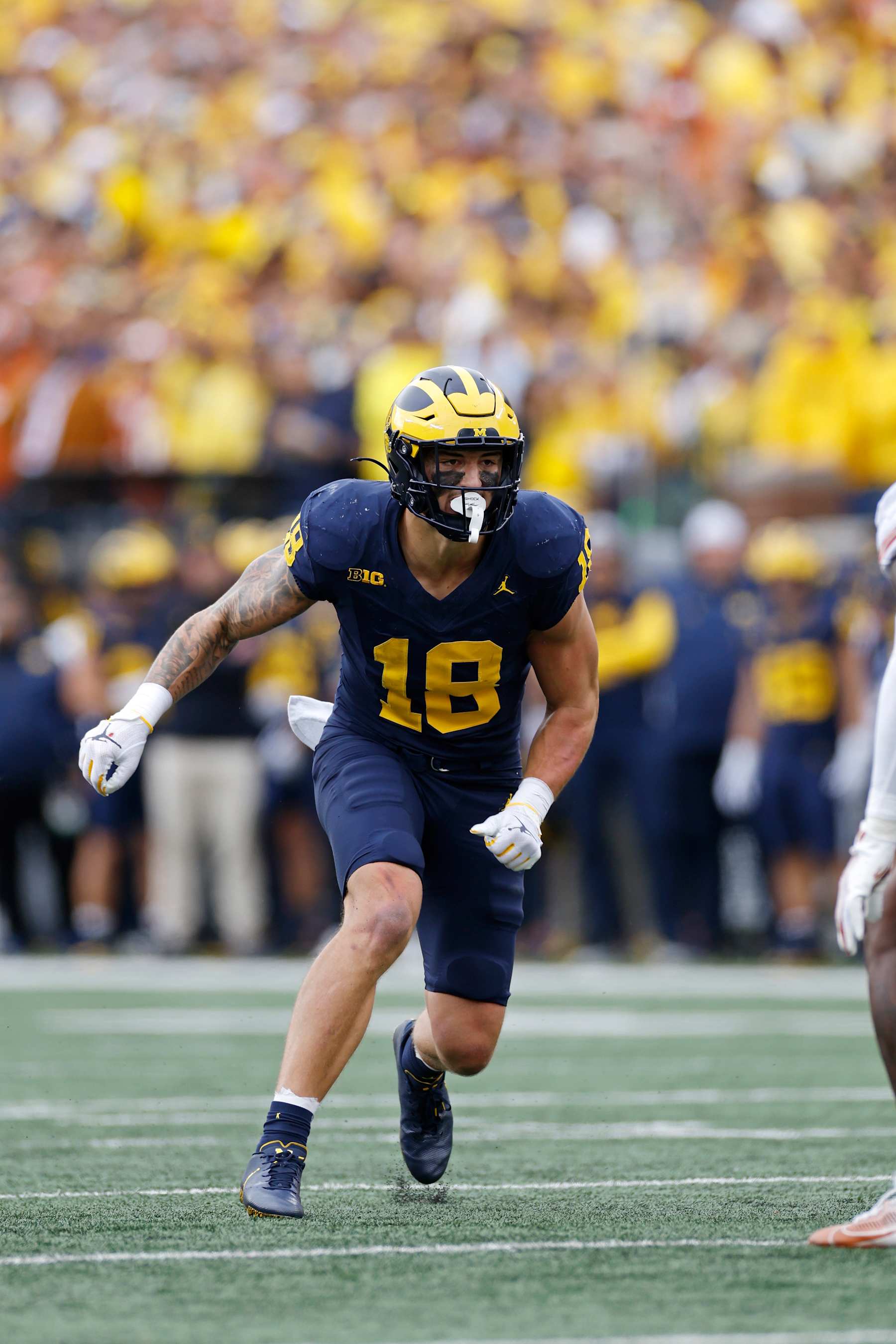
NFL Network’s Daniel Jeremiah recently released a mock draft projecting the Seattle Seahawks to select Michigan tight end Colston Loveland at No. 18 overall—a pick that would likely leave some Seahawks fans scratching their heads.
Seattle’s biggest remaining need is on the interior offensive line. While adding a quality tight end could aid in blocking and support the team’s renewed focus on the run game, it wouldn’t address the core issue: the Seahawks’ struggles in the trenches. Until they improve in that area, postseason success will remain elusive.

There’s no denying offensive line is a priority heading into the draft. While I’ve previously discussed the reasoning behind Seattle’s quiet approach in free agency, it’s understandable for fans to question why the team has signed just one offensive lineman—primarily a swing tackle—two weeks into free agency.
That said, the Seahawks can still find quality interior linemen on Day 2 of the draft. More importantly, general manager John Schneider has emphasized his commitment to selecting the best player available. If a more talented prospect is on the board at No. 18, why reach for a mid-second-round-graded lineman?
Especially if that player helps address another significant, yet often overlooked, team weakness.
Where’s the production at tight end?
You don’t need an elite tight end to have an elite offense—but it certainly helps. Just look at Travis Kelce, Mark Andrews, George Kittle, Rob Gronkowski, Antonio Gates, and Tony Gonzalez. While not all of them led their teams to Super Bowl victories, they consistently created matchup nightmares and elevated offenses that lacked top-tier receiver talent.

Seattle had similar hopes in 2015 when they traded center Max Unger and a first-round pick to the Saints for Pro Bowl tight end Jimmy Graham.
Graham’s time in Seattle was polarizing, but no Seahawks tight end since has surpassed even his lowest yardage total. Noah Fant came closest last season with 500 yards, but before Graham, you’d have to go back to John Carlson’s 579-yard season in 2009 to find another Seattle tight end who topped Graham’s lowest mark (520 yards).
No one has matched his best season in Seattle—923 yards in 2016—or his 10-touchdown campaign in 2017. In just 43 games, Graham still leads all Seahawks tight ends in career yardage (2,048), receptions (170), receiving yards per game (47.6), and touchdowns (18).
Graham was never a strong blocker, and losing Unger left the Seahawks cycling through centers for years. In hindsight, the trade wasn’t a great move—but that doesn’t mean Graham’s production should be ignored.
Instead, he became a scapegoat for deeper issues: a coaching staff that struggled to maximize its best weapons, a front office that tried to force a pass-catching tight end into a run-heavy system, and a franchise that has never fully unlocked elite tight end play—despite trading a first-round pick for Graham and investing heavily in Will Dissly ($24M over three years) and Noah Fant ($21M over two years).
If the Seahawks have a chance to draft a tight end who could finally be the dynamic weapon they’ve lacked, should they take the plunge?



Be the first to comment